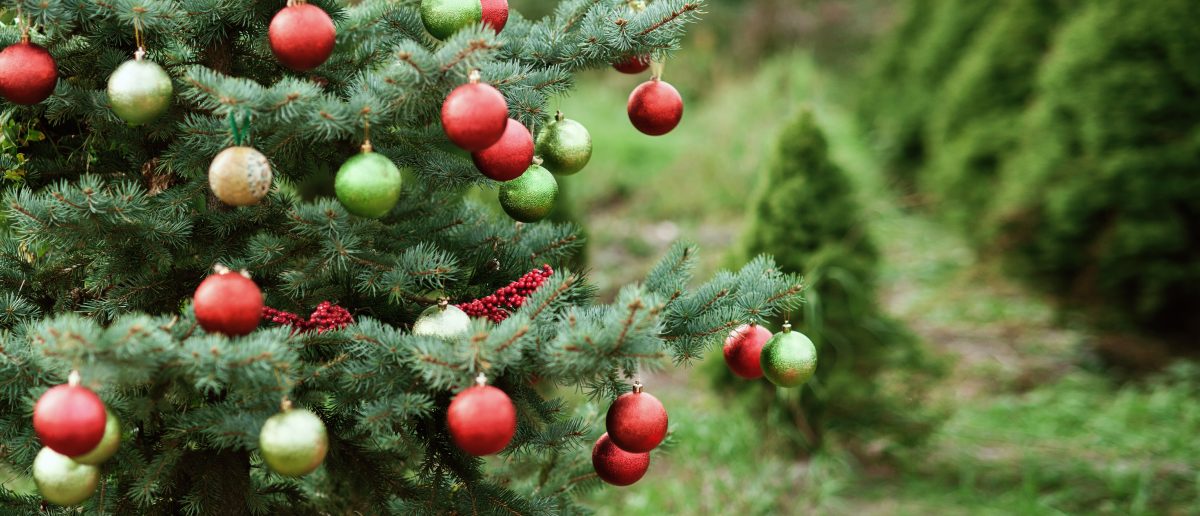AgScience’s Christmas Eve roundup of science news led us to a seasonal item on the RNZ site, blending physics and – dare we suggest it without causing offence or upset? – belief systems.
The item was teasingly headed Santa: How does he do it?
Our readers can tune in to the the answer.
Listen to Sci Fi / Sci Fact – Santa: How does he do it? duration25′ :16″
RNZ tells its audience:
JJ Eldridge, Associate Professor in Physics at the Faculty of Science, University of Auckland, said if she was Santa, she would start with cloaking technology, which would explain why no one ever sees Santa dropping off the presents, and there is already a bit of this tech in development.
The ability to cover the whole world in one night gets trickier, but JJ said it is not outside the realms of possibility.
“One of the most difficult things about physics is you have to kind of throw out everything you understand from your own eyes and ears about how the world works,” she said, “because when we go down to the very small level, the quantum mechanics level, things get a bit strange.”
Elsewhere on the web, we found a press statement from the Environmental Protection Authority.
It was dated December 24, although the contents bore no obvious relationship to Christmas.
Rather, horticulturalists were apprised of the next steps in the EPA’s reassessment of hydrogen cyanamide, an active ingredient in sprays commonly used by kiwifruit growers.
Submissions on the reassessment of hydrogen cyanamide closed on Monday 20 December, with 199 submissions received.
The authority is in the process of making these all available on its website.
Next steps on the reassessment are still to be determined, but a public hearing is likely to be held in the new year.
The EPA’s initial evidence suggests the economic benefits of hydrogen cyanamide are outweighed by the environmental risks and adverse health effects to the reproductive system and thyroid.
The EPA has proposed a gradual phase-out of the use of products containing hydrogen cyanamide over five years, due to the very high proportion of orchardists currently using hydrogen cyanamide, and the relatively minimal experience of using alternatives. Orchardists need to pre-order their stocks at least six months before the spray season begins in July.
Currently two agrichemical alternatives to hydrogen cyanamide are approved by the EPA. Details are available in the EPA’s application report.
Read the EPA’s latest media release on the reassessment process
Read the EPA’s application report on hydrogen cyanamide
Read the submissions (under the tab “application documents”)
Earlier in the week, the EPA signalled that additional controls around the use of the heavily restricted log fumigant, methyl bromide, take effect on New Year’s Day.
Methyl bromide is a toxic and ozone-depleting substance, which India and China require to be used on logs they receive from New Zealand. It is a biosecurity tool, used internationally to kill pests.
In August, a comprehensive suite of new rules, or controls, was imposed by a Decision-making Committee of the Environmental Protection Authority (EPA). The decision sets a roadmap to full recapture of methyl bromide, and several controls began immediately, covering ventilation, notification, and reporting.
In general terms, recapture means using technology to remove the methyl bromide gas from the fumigated enclosure, so that after use it cannot be released into the air.
From 1 January 2022, stepped increases start applying to the recapture of methyl bromide from containers and covered log stacks.
“This phased approach allows the EPA to ensure that requirements are being met by industry at each stage,” says Dr Chris Hill, General Manager of the EPA’s Hazardous Substances group.
There will also be larger buffer zones to prevent people from being in the vicinity while the gas is being used. As well, local councils and affected parties, including neighbouring marae and other community facilities, must be notified before fumigation takes place.
“We’ve been pleased to see ports getting ahead of the curve on these regulations. The Port of Tauranga requires recapture technology to be used on all log stack fumigations from 1 January 2022, and Napier Port is stopping methyl bromide use altogether from the same date,” says Dr Hill.
A total ban on methyl bromide fumigation aboard ships takes effect from the start of 2023.
The decision provides a clear and structured pathway for industry to reduce the amount of methyl bromide emitted. The decision recognises the benefits associated with methyl bromide use, while also protecting human health and the environment.
The EPA, WorkSafe, and local authorities all have responsibilities for compliance, monitoring, and enforcement activities relating to methyl bromide.
Read more about the reassessment decision
Sources: RNZ and the Environmental Protection Authority












